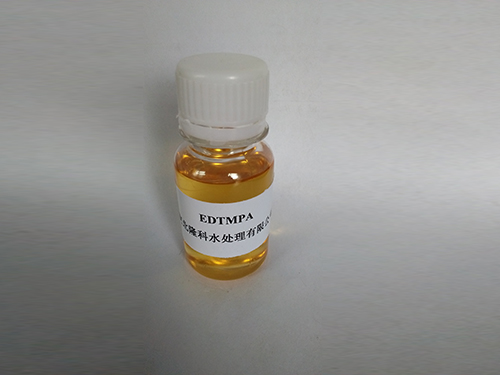Understanding the Applications and Benefits of Poly Aluminum Chloride in Water Treatment Solutions
Poly Aluminum Chloride (PAC) is a versatile and widely used coagulant in various applications, particularly in water treatment processes. This compound, which is a type of aluminum-based coagulant, plays a pivotal role in the clarification of drinking water, wastewater treatment, and industrial effluent management. Understanding its composition, properties, and applications can help highlight its significance in maintaining water quality and environmental sustainability.
PAC is a polymeric form of aluminum that is produced through the hydrolysis of aluminum chloride in aqueous solutions. Unlike traditional aluminum coagulants like alum, PAC offers several advantages due to its enhanced performance and efficiency. Its structure consists of multiple aluminum ions bonded with hydroxyl groups, resulting in a high charge density that facilitates the rapid aggregation of particles and contaminants in water. This property not only accelerates the coagulation process but also improves the overall removal rates of suspended solids, turbidity, and other impurities.
.
In wastewater treatment, PAC demonstrates remarkable efficacy in removing pollutants. Its application extends to industries such as pharmaceuticals, food processing, and paper production, where it is used to treat effluents before discharge. The compound helps in the aggregation of solid waste, making it easier to filter out contaminants and comply with environmental regulations. Additionally, the use of PAC in sludge dewatering processes has been shown to improve the quality and reduce the volume of the sludge generated, leading to more sustainable waste management practices.
poly aluminum chloride pac

The environmental benefits of PAC are noteworthy. As a more efficient coagulant, it requires lower dosage rates compared to traditional products, resulting in reduced waste generation and lower operational costs. Furthermore, PAC’s production and application contribute fewer residual chemicals to treated water, minimizing the potential impact on aquatic ecosystems. This characteristic positions PAC as a more eco-friendly alternative, in line with the growing emphasis on sustainable environmental practices.
Another significant aspect of PAC is its ease of handling and storage. The compound is typically supplied in both liquid and dry forms, making it convenient for varying operational needs. This flexibility allows water treatment facilities and industries to optimize their processes according to their specific requirements, contributing to overall efficiency and cost-effectiveness.
Despite its many advantages, it is essential to consider proper dosage and application methods when using PAC. Overdosing can lead to the formation of excess sludge and can negatively affect the treated water quality. Therefore, thorough monitoring and adjustment of application rates are critical to harnessing the full benefits of this coagulant while ensuring compliance with health and safety standards.
In conclusion, Poly Aluminum Chloride is a crucial component in the realm of water treatment and environmental management. Its effectiveness in coagulation, combined with its environmentally friendly profile and cost efficiency, makes it a preferred choice for many industries. As the world faces increasing challenges related to water quality and environmental protection, the role of PAC will continue to expand, solidifying its importance in sustainable water management practices.
-
Water Treatment with Flocculant Water TreatmentNewsJun.12,2025
-
Polymaleic AnhydrideNewsJun.12,2025
-
Polyaspartic AcidNewsJun.12,2025
-
Enhance Industrial Processes with IsothiazolinonesNewsJun.12,2025
-
Enhance Industrial Processes with PBTCA SolutionsNewsJun.12,2025
-
Dodecyldimethylbenzylammonium Chloride SolutionsNewsJun.12,2025





